A chimney liner (also known as a flue liner) is usually a flexible tube that connects your stove pipe to a line inside your chimney. It helps to carry fumes up the liner instead of releasing them directly into the chimney cavity.
The condition of the flue liner is an important safety consideration. It protects nearby combustibles from scorching temperatures generated in the chimney. A National Bureau of Standards (NBS) in 1940 found that woodwork adjacent to an unlined chimney would catch fire within 3.5 hours. This again emphasizes the importance of chimney liners. If your chimney liner is damaged or breached, the fireplace or stove shouldn’t be used until the issue is resolved.
This post examines the leading causes of chimney liner damages, common signs of a damaged liner, and what to do if your liner is damaged.
Causes of chimney liner damager
- Improper construction of the chimney or improper installation of the liner.
- Corrosive byproducts of combustion flue gases can lead to the deterioration of mortar joints.
- Using the wrong liner size can lead to excessive creosote buildup. Mixed with moisture, creosote accelerates flue liner deterioration.
Signs of a damaged flue liner
Unfortunately, a damaged chimney liner doesn’t give noticeable signs until significant damage has been done. For one, you may start to notice broken masonry in your fireplace. You may also see the debris of the liner in your firebox. And that’s precisely why it’s recommended that you inspect your chimney liner annually so you can identify damages before significant damages arise.
What to Do to a Damaged Flue Liner
Repair It
A newly built chimney flue liner is usually made with tiles because they are the most cost-effective option. However, repairing the tiles when they are damaged is extremely difficult. Sometimes, a partial teardown of the chimney is required to accomplish the repair. And in most cases, it’s usually expensive to do so.
However, in some cases, if the flue tile is broken near the top of the chimney and it is easily accessible for replacement, it can be cheap to remove and replace it.
Replace It
In most instances, our experts at Master Caps have found that the best way to deal with a damaged chimney flue is to replace it. There are different types of replacement chimney liners. Some of the most common ones include:
- Metal Liners
These are the most common replacement flue liners because they can be quickly and easily installed inside the existing chimney. Aluminum is sometimes used because it is cheap, but it can only be used with medium-efficiency gas appliances.
On the other hand, stainless steel liners are the preferred choice among fire-protection experts. Whether you’re burning oil, wood, or gas, stainless steel provides excellent protection and will last for 15 to 20 years.
- Cast-in-place flue liner
This is a highly technical job that involves pouring down a cement-like product along the walls of the passageway of the chimney. This cast provides an insulation layer while improving the structural integrity of your chimney. Research has also shown this kind of flue liners deposit lower amounts of creosote.
- Clay liner replacement
Most fireplaces are built with clay because it is inexpensive and durable. However, with time, they begin to deteriorate. Replacing damaged clay tiles is possible, but it is very labor-intensive and expensive because it may involve tearing down some chimney sections.
Wrap Up
Do you suspect that your chimney liner is damaged? For your safety, it’s crucial you promptly get a professional involved. Whether you need a chimney flue repair or replacement, you can always count on Master Caps to deliver outstanding results.

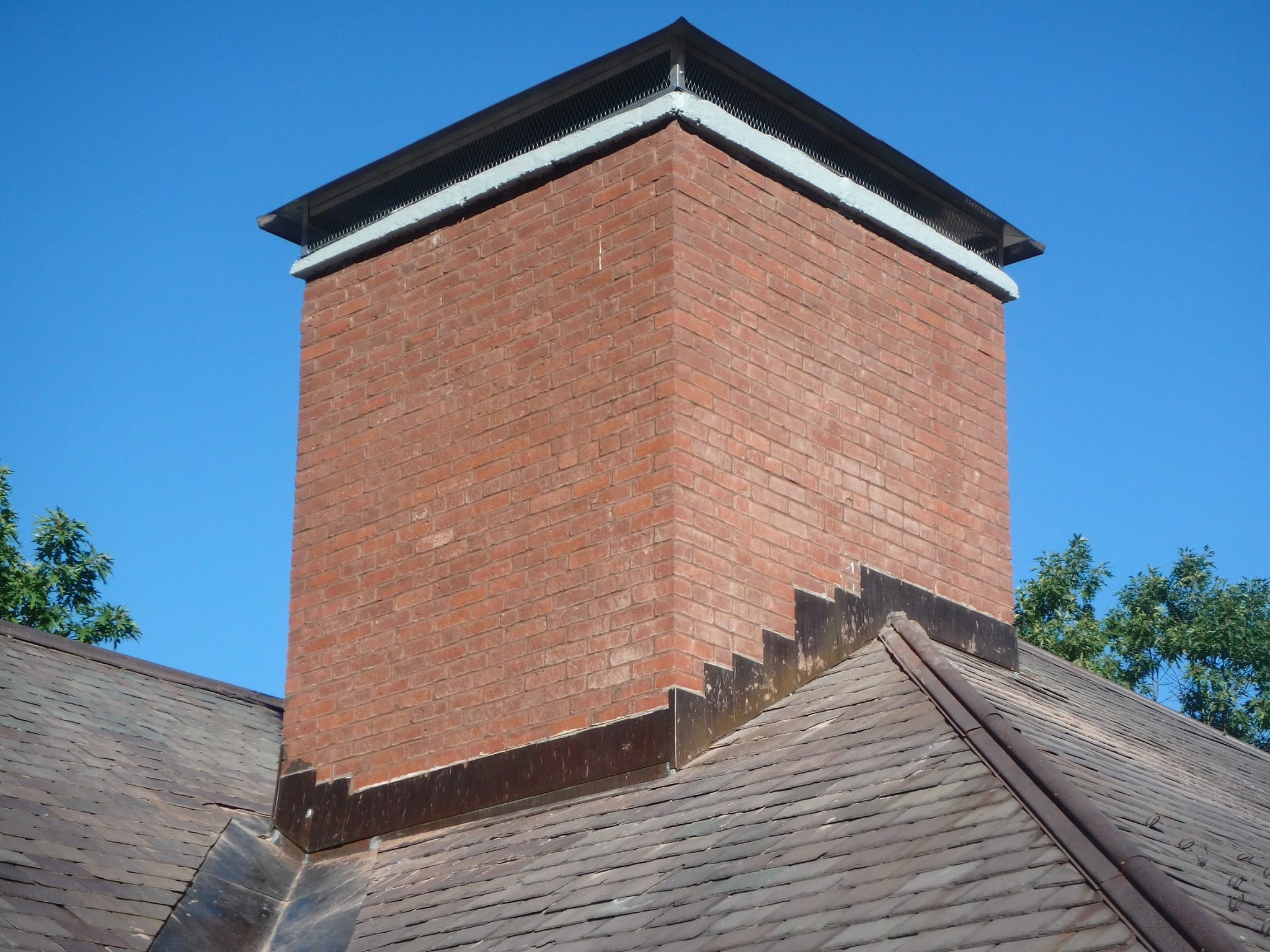
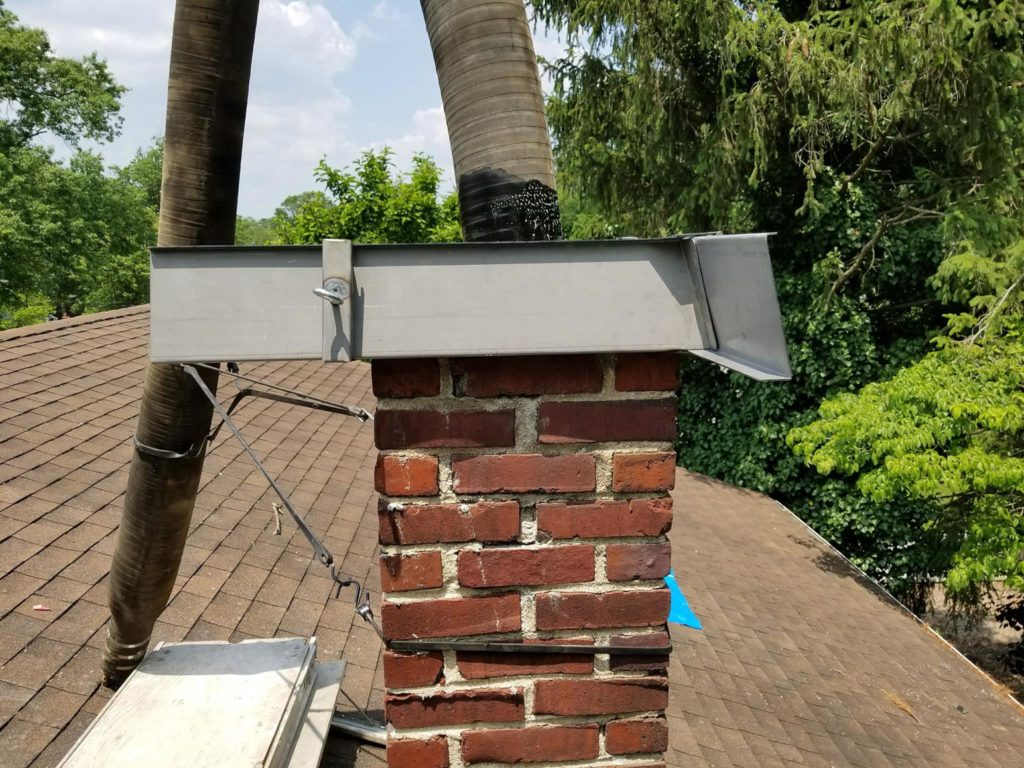
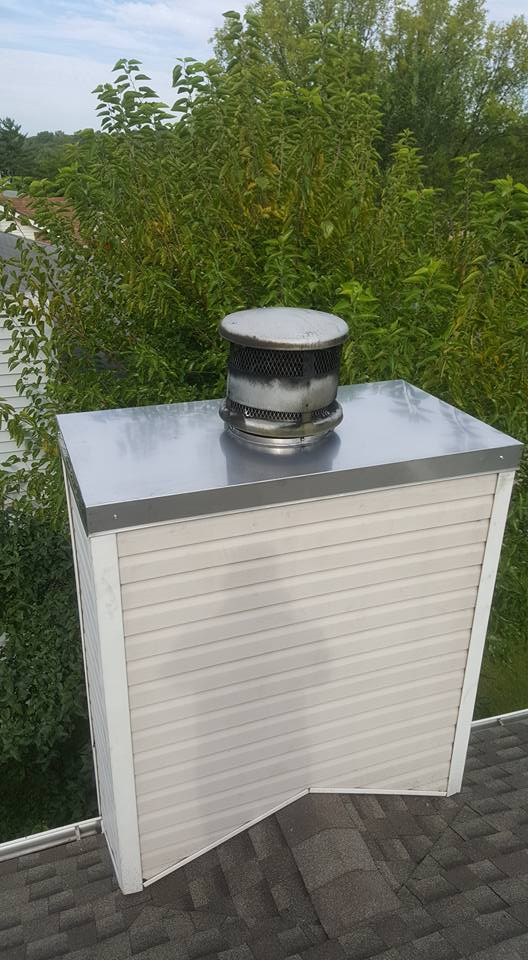
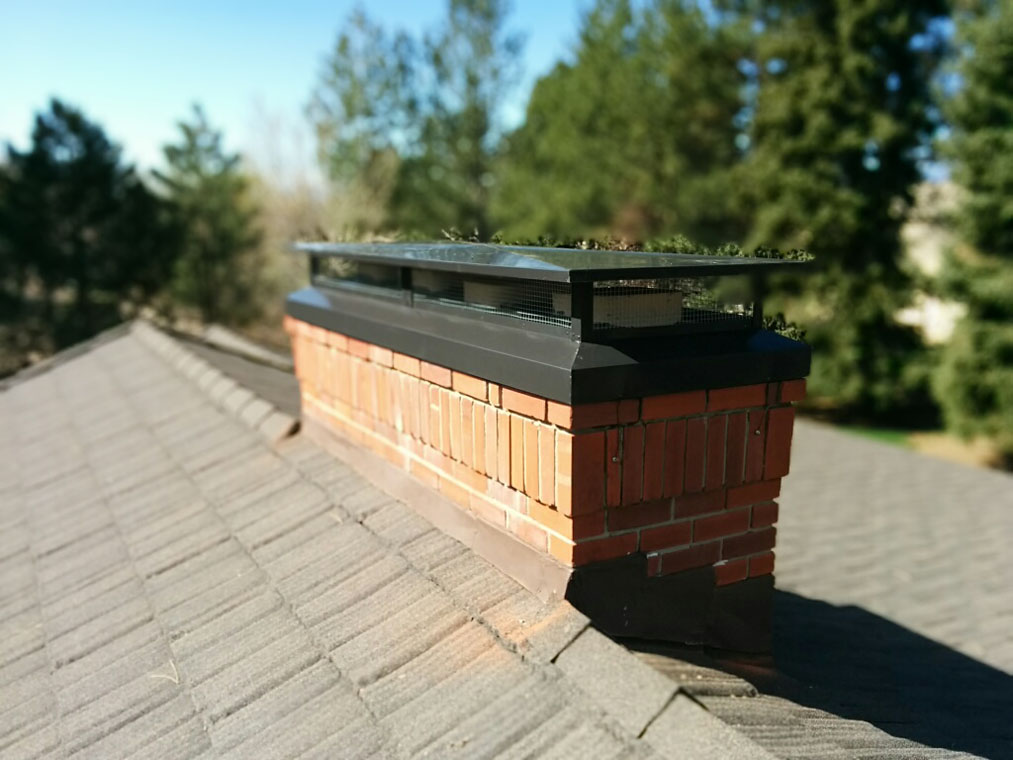
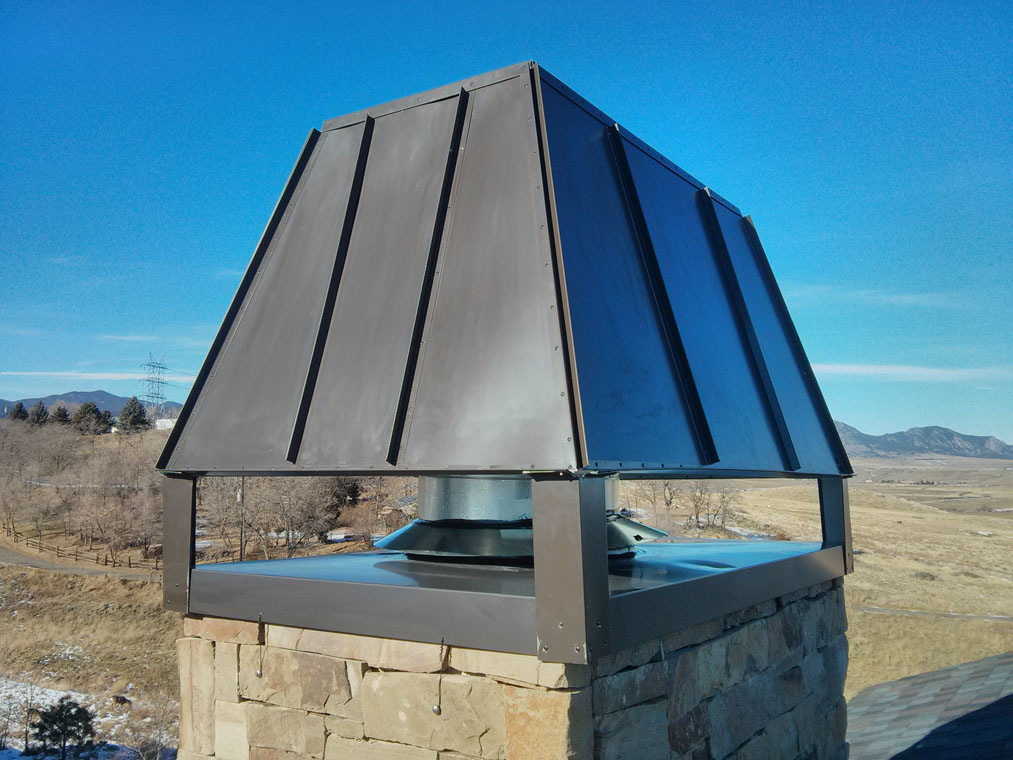
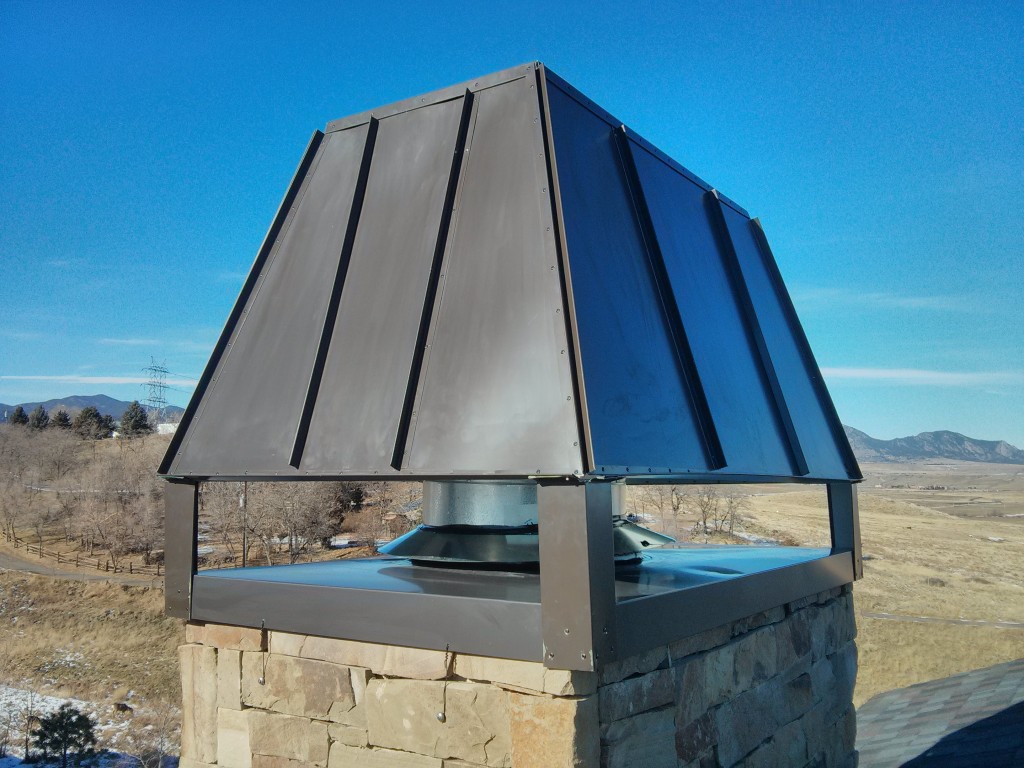
About The Author: Chad murray
More posts by chad murray